Grass Species Traits
There are many different grass species with unique traits. Understanding these characteristics helps you select the best option.
This guide has been written to help you identify grass species and learn their key traits. Where possible, images have been provided for the species of grass featured below.
Agrostis capillaris – Browntop bentgrass
- A tufted perennial Bent spreading by short rhizomes
- A fine-leaved grass finely pointed with ligules 0.5-2 mm long
- Flowers: end of June to August
- Establishes well with Chewings fescue
This grass species is found throughout Europe, Asia and America, and is commonly found in the British Isles on heaths, moorlands, pastures and waste ground, especially on dry acidic soils.
Browntop is ideal for use in fine turf, e.g. golf greens and bowling greens, and is used as a ‘bottom’ grass in the majority of amenity and sports ground mixtures.
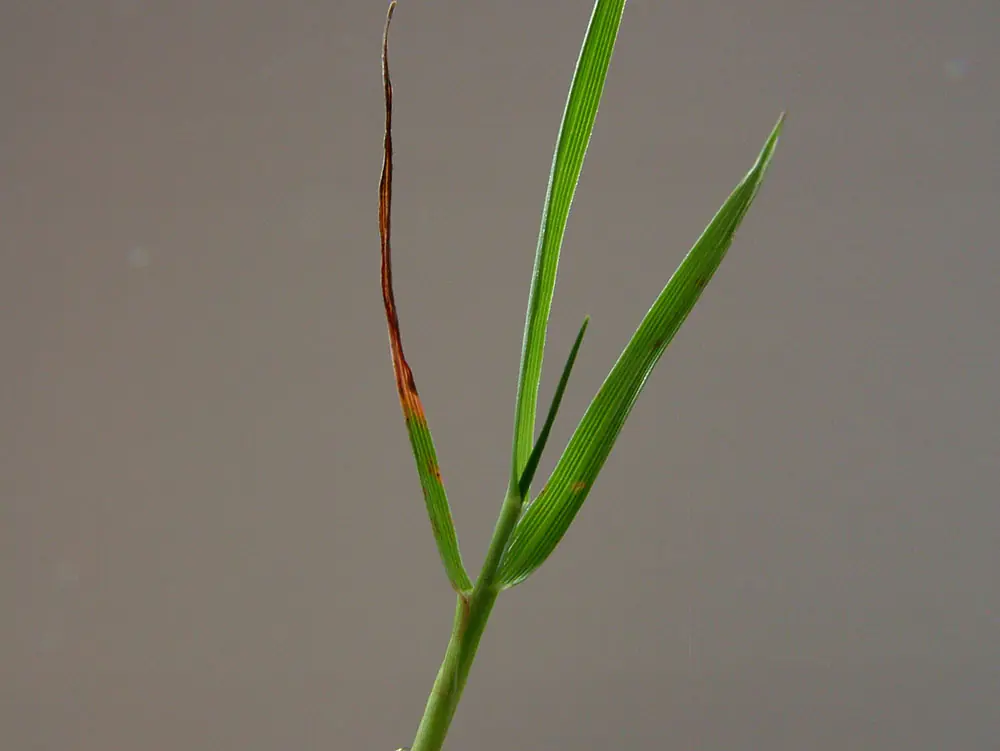
Agrostis stolonifera – (A. palustris) – Creeping bentgrass
- A tufted perennial Bent spreading vigorously by creeping leafy stolons
- A fine-leved grass, blades minutely rough and finely pointed with ligules 1-6 mm long
- Flowers: July and August
Spread widely in the British Isles in lowland and hill grassland regions, salty marshes, chalky downs, roadsides, inland & coastal sands, cliffs and open woodlands.
Creeping Bent quickly produces a strong dense, turf and is ideal for use on golf greens where an even texture is called for and useful in certain amenity and landscape mixtures for difficult sites.
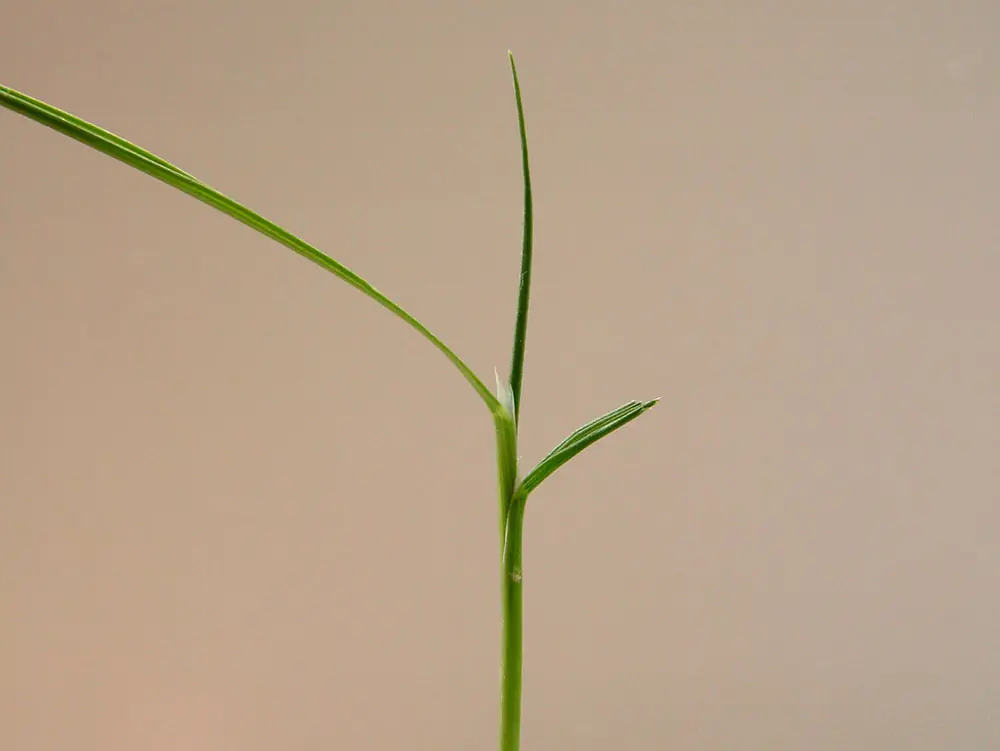
Cynosurus cristatus – Crested dogtail
- A compact turfed perennial
- The leaves are smooth beneath but rough above and gradually taper to a fine point
- Produces slender wiry flowering stems which persist into autumn
- Flowers: June to August
Abundant throughout Britain on a wide range of soils, moisture contents and altitudes, although favours dry pastures and waste ground.
Festuca longifolia – Hard fescue
- A densely tufted perennial fescue without rhizomes
- Slender, stiff, greyish leaves with extremely short ligules
- Flowers: May to June
Imported from Germany in the 19th century, now naturalised on well-drained, stony and sandy soils mainly in southern and central England.
Hard fescue can be used successfully in mixtures for low-maintenance landscape projects and reclamation work and can withstand low fertility and drought conditions.
Festuca rubra SSP commutata – Chewings fescue
- A densely tufted perennial fescue without rhizomes with erect slightly bent shoots
- Leaves green and hairless with extremely short ligules
- Flowers: June
Widely distributed in the British Isles, especially in the south on well-drained, chalky, gravelly or sandy soils and is also found in most parts of Europe. Introduced into North America and New Zealand.
Particularly suited for fine turf areas where used in conjunction with Browntop Bent. Suitable for drier soils because of its drought resistance. The name Chewings is derived from a Mr Chewings who first sold this grass in New Zealand. Useful species in a wide range of mixtures. It has a particularly fine leaf and will withstand regular close mowing.
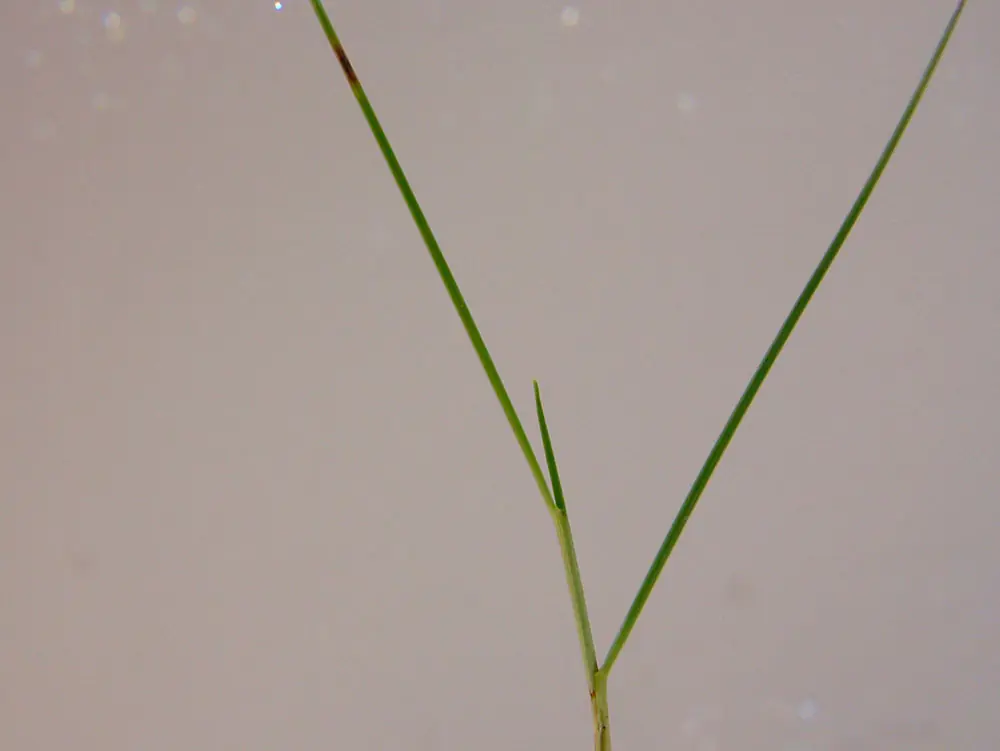
Festuca rubra SSP litoralis – Slender creeping red fescue
- Perennial fescue with slender creeping rhizomes
- Leaves fine and slender
Found in marsh and upland environments. Generally has good winter hardiness, winter greenness and sward density.
Early flowering and included in landscape reclamation and golf green mixtures. Has good drought tolerance but is not as disease-resistant as Chewings Fescue.
Some cultivars are noted for tolerance to saline conditions.

Festuca ovina – Sheeps fescue
- A densely tufted perennial without rhizomes
- Leaves green or greyish-green, hairless sheaths open, rounded on the back, smooth, round auricles. Ligules extremely short
- Leaf blades are hairy or bristle-like with a blunt tip tightly folded
- Flowers: May to July
Widely distributed in the British Isles usually on rather poor, well-drained shallow soils, in acidic situations on heaths and moors.
A very hard drought-resistant grass providing grazing for sheep in upland areas. Has a role to play in amenity grassland and reclamation work.
Lolium perenne – Perennial ryegrass
- A loosely to densely tufted perennial ryegrass.
- Leaves green, hairless and often the basal sheaths pinkish. Ligules up to 2 mm long with small narrow auricles.
- Flowers: May to August.
Distributed throughout Europe, temperate Asia and Britain. This species has been cultivated in England for nearly 300 years, during which time numerous strains have been selected ranging from short-lived stemmy types to very persistent leafy types. Principally used in the past for agricultural purposes and all initial breeding was in agricultural types.
The main species used today for sports grounds are subject to very hard wear and new turf-type varieties are used. Modern varieties are shorter in growth and finer-leaved and therefore require less cutting. These new varieties have been introduced over the last 10-20 years and it cannot be over-emphasised how important it is to use these new types for amenity purposes.
Poa nemoralis – Wood meadow grass
- A loosely tufted perennial meadow grass without rhizomes
- Leaves reasonably fine, green and hairless, with ligules up to 0.5 mm long
- Flowers: June to July
A delicate grass for shady places in most parts of the British Isles.
In the past, the seed of this grass was sown in woods and woodland glades but it does not withstand hard wear or frequent cutting.
Poa annua – Annual meadow grass
- A loosely to compactly tufted annual or short-lived perennial
- Leaves green and hairless, ligules thinly membraneous 2-5 mm long
- Blades abruptly pointed or blunt hooded tips
A variable grass distributed throughout the British Isles on a wide range of soil types. Often regarded as ‘weed grass’ in fine turf and present in the majority of golf and bowling greens and lawns. Also establishes in poorly maintained sports grounds.
No real use in the amenity situation at the present time because it produces uneven growth and is very susceptible to disease.
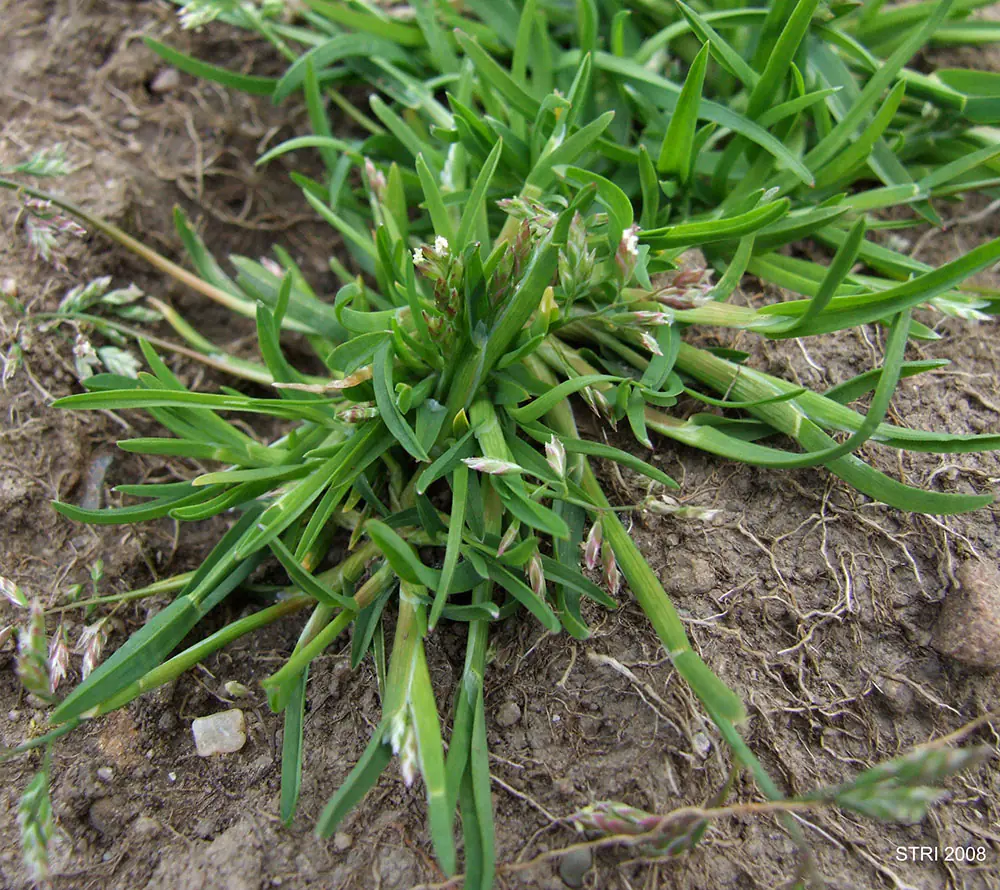
Phleum bertolinii – Timothy
- A loosely to densely tufted perennial
- Leaves hairless, green or greyish green
- Ligules blunt up to 6 mm long
- Flowers: June to August
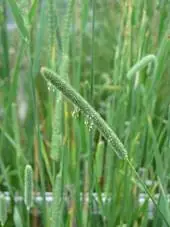
Widespread in the British Isles, preferring moist soils, water meadows and low-lying grasslands.
In the past used in sports ground mixtures on wetter sites. Still some justification for this but tends to have been superseded by new varieties of perennial ryegrass.
Poa pratensis – Smooth-Stalked meadow grass
- A variable perennial Poa with creeping rhizomes forming loose to compact tufts
- Leaves green or greyish green, ligules membraneous
- Flowers: May to June
Widespread in the British Isles in old meadows and pastures mainly on well-drained sandy and loamy soils. In Northern America known as Kentucky Blue Grass.
A very useful species in a range of hard-wearing and landscape mixtures for use on sports grounds and bankings where normally a percentage of approximately 20% is used. Prefers to be sown whilst soil conditions are warm otherwise difficult to establish.

Poa trivialis – Rough-Stalked meadow grass
- A loosely tufted perennial Poa with creeping leafy stolons
- Leaves green or purplish, hairless with sheaths usually rough (hence the name) and keeled
- Ligules pointed 4-10 mm long and membraneous
- Flowers: June to July
Very common in rich, moist meadows and pastures of the lowlands and frequent on waste and cultivated land. Widely distributed in the British Isles.
In the past, it had a place in agricultural mixtures but is rarely included now in any type of mixture. In recent trials found to be very susceptible to diseases, including rust.
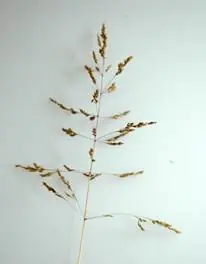
Grass species traits
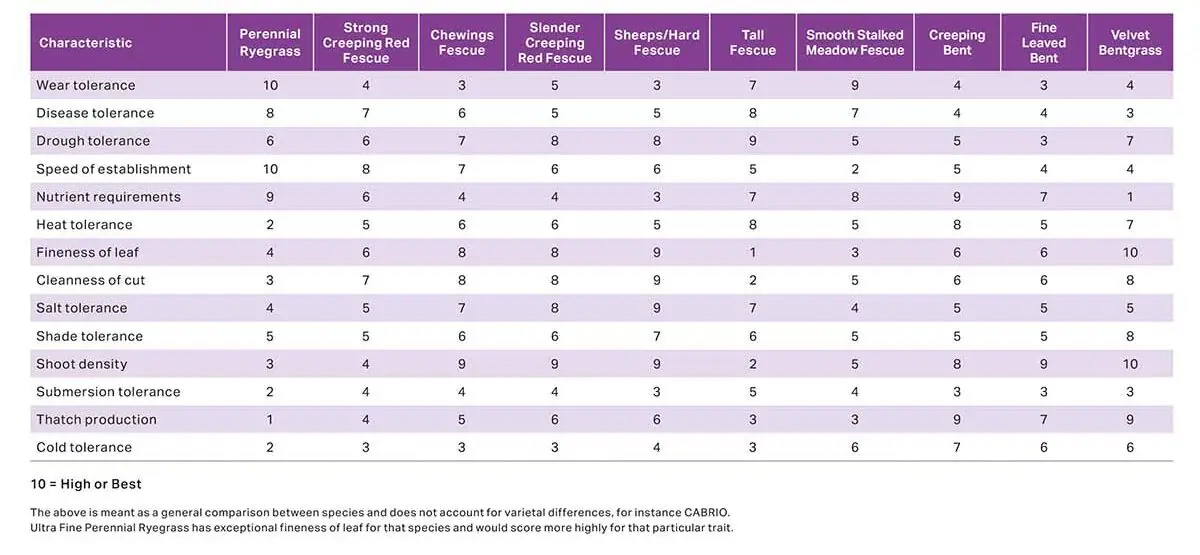
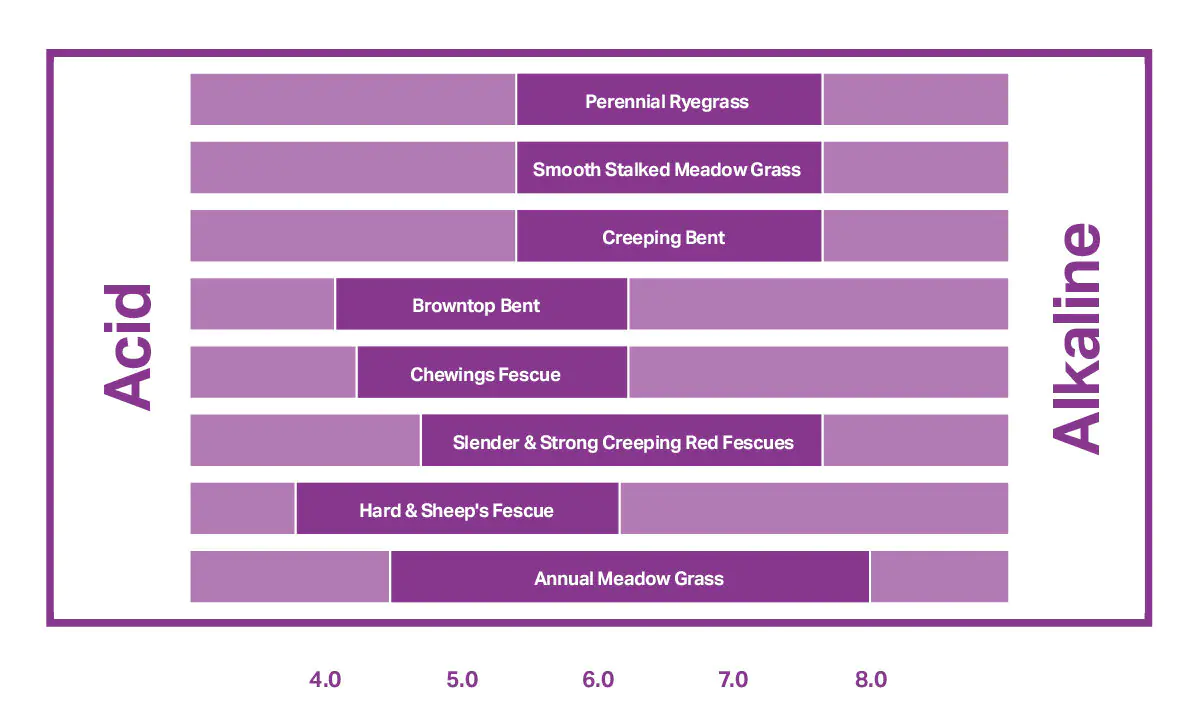
If you want to know more about grass species and how they impact your outdoor space, contact our grass seed experts here.


